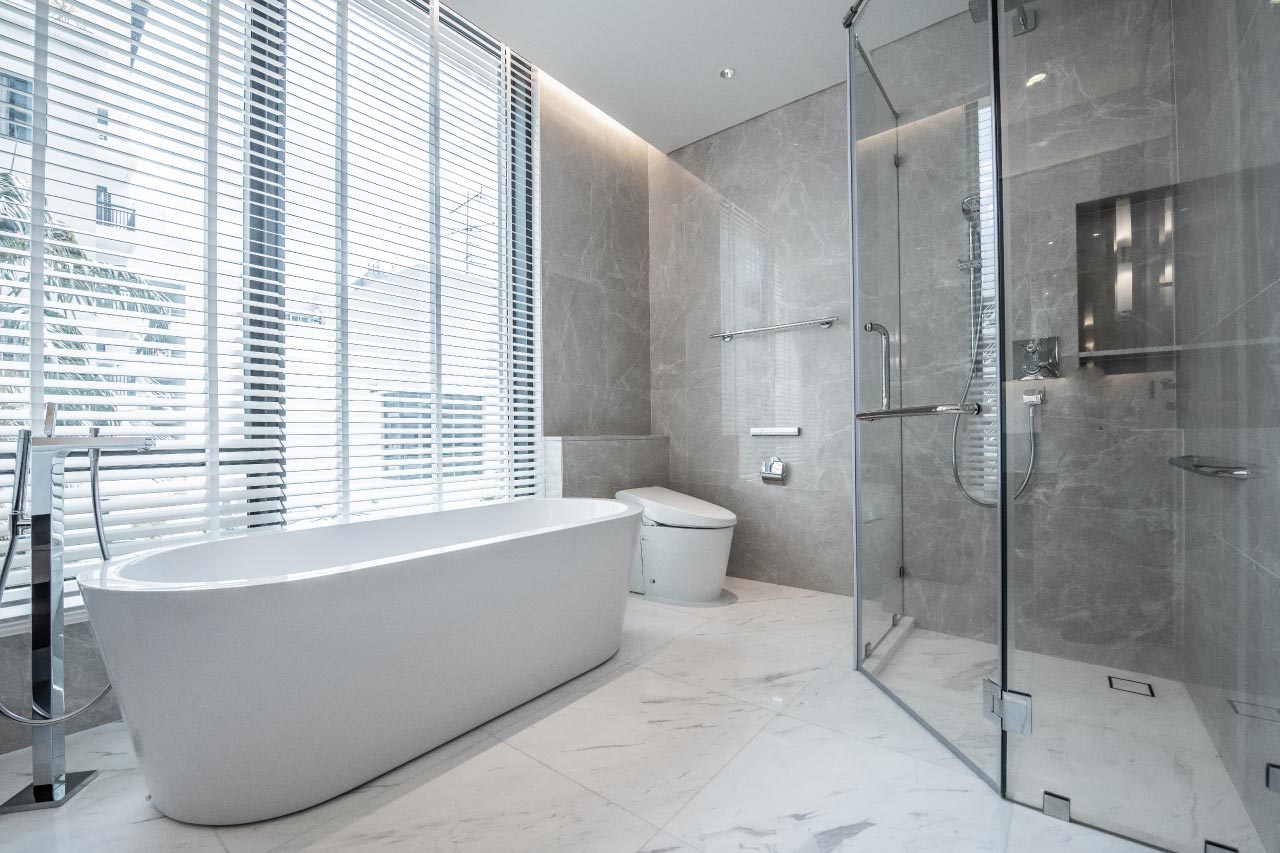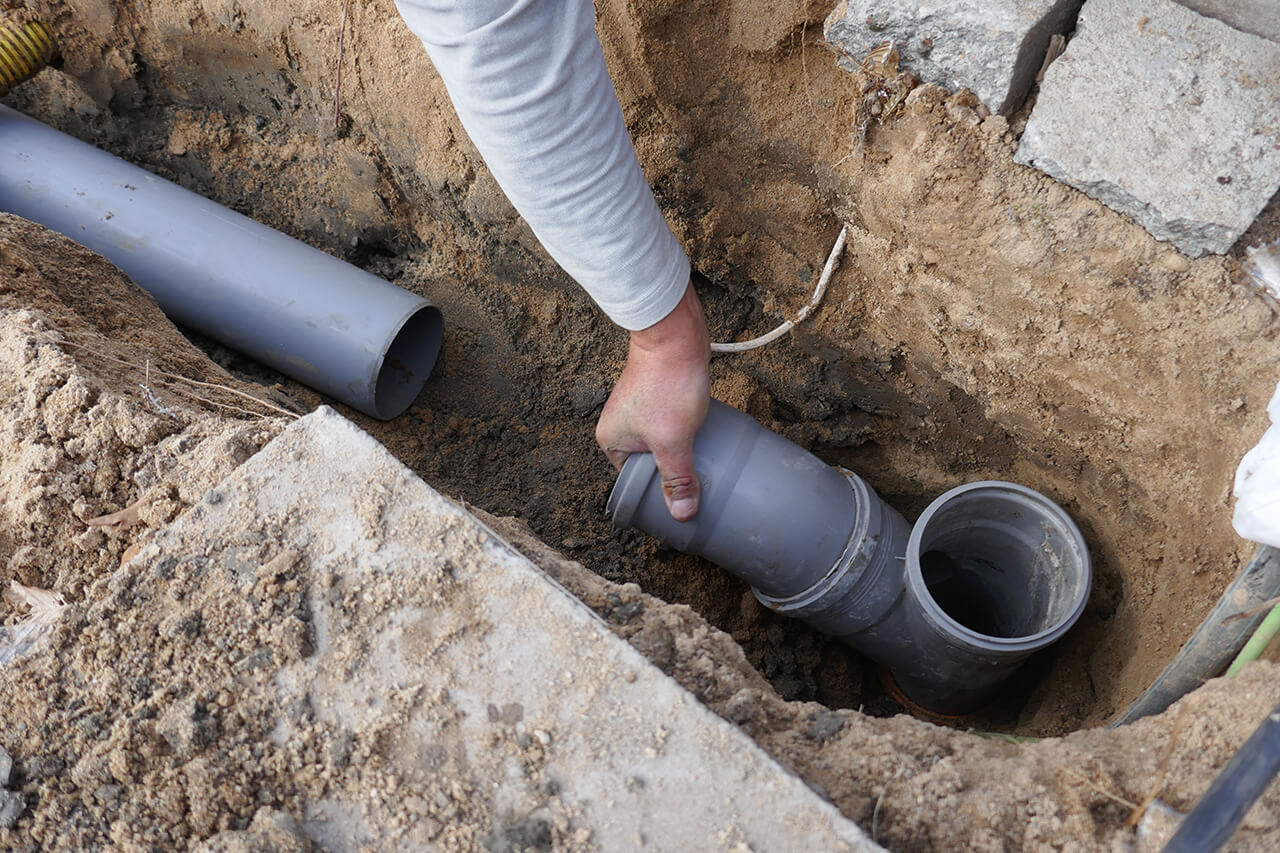
Get matched with top sump pump or interior foundation drains installers in your area
Enter your zip and get matched with up to 3 pros
Matching on HomeAdvisor


Sump pump or interior foundation drains installers in Palmdale
No results for Sump Pump or Interior Foundation Drains - Install in
Try adjusting your search criteria.FAQs for sump pump or interior foundation drains installation projects in Palmdale, FL
Runtime varies based on battery size and cycling frequency. Most battery backups run for six to 24 hours, depending on battery capacity and pump usage. The system activates only when water reaches trigger levels, potentially extending actual operation time beyond rated hours. For locations with frequent extended outages, consider keeping a spare battery or supplemental power source available.
Yes, most existing sump pump systems can be enhanced with battery backup capability. You'll need compatible components that work with your current setup. Installation involves connecting the backup unit to your discharge pipe and setting up the battery system. Professional installation (costing $45 to $200 per hour) helps ensure proper system integration and safe handling of electrical components.
A battery backup system provides valuable protection for homes in areas prone to power outages during storms. With an average cost of $900, these systems help prevent potentially significant water damage and related expenses. Even preventing a single flooding incident can justify the investment, especially considering standard homeowner insurance policies don’t often cover flood damage.
Regular maintenance includes testing system operation by disconnecting the primary pump and verifying that the backup activates properly. Inspect battery terminals for corrosion and clean as needed. Check battery charge levels according to manufacturer recommendations. Standard batteries require replacement every three to five years, while deep-cycle batteries with proper maintenance can last up to 10 years. An annual professional inspection (approximately $250) helps ensure reliable operation.





- Plumbing - Multiple Projects
- Shower Pan Install
- Plumbing for a Remodel or Addition - Install
- Plumbing Item Repair
- Water Heater - Repair or Service
- Sink Repair
- Steam Shower - Install
- Faucet Install or Replace
- Walk In Tub - Install or Replace
- Drain Repair
- Shower Install or Replace
- Pipe Repair
- Drain Line Breakage - Camera Locate
- Tankless Water Heater - Install
- Water Main - Install, Replace or Repair
- Sump Pump - Repair or Replace
- Drain Clog or Blockage - Clear
- Sewer Main - Clear
- Faucets, Fixtures and Pipes - Repair or Replace
- Plumbing Item Installation
- Sink Installation
- Pipe Installation
- Faucet Installation
- Whirlpool Bathtub Install or Replace
- Plumbing Multi-Item Installation
- Water Heater - Install or Replace
- Sewer Main - Install, Replace or Repair
- Drain Installation
- Plumbing Multi-item Repair
- Toilet Installation
- Bathtub Install or Replace
- Birmingham
- Phoenix
- Tucson
- Fresno
- Long Beach
- Los Angeles
- Modesto
- Sacramento
- San Diego
- San Francisco
- San Jose
- Denver
- Hartford
- Washington DC
- Fort Lauderdale
- Jacksonville
- Miami
- Orlando
- Tampa
- Atlanta
- Chicago
- Indianapolis
- Louisville
- New Orleans
- Baltimore
- Boston
- Detroit
- Grand Rapids
- Minneapolis
- Saint Paul
- Kansas City
- Saint Louis
- Las Vegas
- Albany
- New York
- Asheville
- Charlotte
- Greensboro
- Raleigh
- Winston Salem
- Cincinnati
- Cleveland
- Columbus
- Oklahoma City
- Portland
- Harrisburg
- Philadelphia
- Pittsburgh
- Providence
- Memphis
- Nashville
- Austin
- Dallas
- El Paso
- Fort Worth
- Houston
- San Antonio
- Salt Lake City
- Norfolk
- Richmond
- Virginia Beach
- Seattle
- Madison
- Milwaukee



